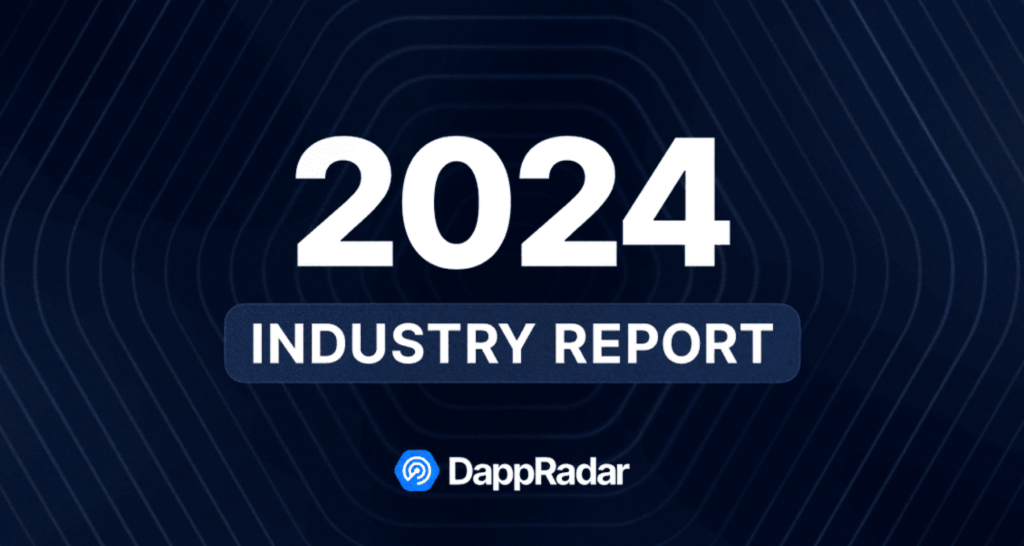Crypto Regulation and Market Anticipations

The MiCA’s ratification has effectively legalized the cryptocurrency market across 27 EU countries. Eight more potential member nations will soon modify their laws to comply with MiCA. This move means the legislation will impact over half a billion people, making it a unique event of unprecedented scale.
On this page
The Markets in Crypto-Assets (MiCA) is a legislative measure recently ratified by the European Parliament.
Its primary objective is to implement uniform regulatory norms and guidelines for the cryptocurrency market, its operators, service providers, and asset issuers across the European Union. The MiCA legislation lists requirements and regulations targeting all digital asset market participants. However, it includes some notable exceptions about already operational centralized crypto exchanges, custodial services, and blockchain startups.
This document could dramatically transform the legal landscape, licensing policies, and operating rules within the EU's digital asset market in the coming three years. It's also likely to influence the regulatory environment in other jurisdictions, particularly in North Atlantic countries such as the US and Canada, which have traditionally maintained strong ties with the European market and are involved in numerous legal and economic relationships. SEC Commissioner Hester Peirce has already suggested that certain aspects of MiCA might form the basis for comparable regulations in the United States.
Regulating Cryptocurrency CEX Exchanges, Custodians, and Digital Wallets
All custodial services, including exchanges and digital wallet providers, wishing to operate within the EU market will need to secure a license. Preliminary information suggests the least expensive of these licenses will cost approximately 1 million euros.
Additionally, MiCA rules place a host of obligations on all types of custodians and demand transparency: they require the disclosure of information, implementation of mandatory Know Your Customer (KYC) procedures for users, and stringent oversight of transactions.
Not all tokens will be granted listing permission, their sale will be regulated, and trading platforms will be obliged to inform users about the risks associated with specific types of assets. Some platforms are already taking such measures, particularly concerning investments in DeFi market assets.
Daily transaction volumes in pairs with stablecoins will be capped, and transfers exceeding €1000 between exchanges and/or wallets will require the disclosure of client data for both the sender and the receiver. These requirements might vary for different types of licenses.
MiCA also introduces stringent requirements for minimum share capital, which might be an uphill task for many, alongside providing financial guarantees to protect consumer interests, which includes setting up respective reserves and so on.
Effectively, custodians, centralized exchanges, wallets, and trading platforms are being pushed towards an ostensibly absurd resemblance to banks and financial institutions. This is especially so considering the decentralized nature of digital assets and the typically private transactions involving cryptocurrency. It appears that exchanges holding European licenses may end up with a sparse user base, and the time taken to recoup the expenses incurred for acquiring the license could be significant.
The only silver lining for custodial services and exchanges is that securing a license in any EU country entitles them to operate throughout all 27 European Community member states, thereby potentially tapping into a customer base of nearly 450 million users. However, the benefits stop there.
Gloomy Outlook for Blockchain and Crypto Startups
It's already evident that MiCA's criteria will bear implications for innovative projects and start-ups. The requirements set out by MiCA will act as a certain filter for them, and the role of the regulator will be taken on by the European Securities and Markets Authority (ESMA). Even though the new regulations are intended to induce greater stability in the market, they will essentially limit the opportunities for innovative cryptocurrency start-ups offering novel tokenized assets.
The weighty regulatory obligations and rigorous requirements enforced by MiCA complicate the market entry process for smaller projects, thereby leading to a market monopolized by big players with considerable capital and financial means. Current norms are pushing larger companies to acquire smaller firms and start-ups that are coming up with unique ideas and developments, rather than directly investing in these innovations.
Such an approach makes the EU market less attractive to new innovative services and offerings. This is disadvantageous both for the EU and for start-ups, which will start looking towards other jurisdictions with lower entry barriers and easier access to the digital asset market.
NFTs, DEXs, DeFi, dApps, and Decentralized Swap Services or Protocols Beyond Regulation
MiCA provides an “exemption” for non-fungible tokens (NFTs) as they do not fall under the asset classifications outlined in the document. NFTs do not qualify as Central Bank Digital Currencies (CBDCs), e-money tokens, asset-referenced tokens, or utility tokens. The rationale behind this limited asset classification remains unclear. It is possible that policymakers prioritized the implementation of existing provisions, deferring the regulation of NFTs for future deliberation. Nonetheless, the key point is that if NFTs serve solely as unique art forms and not as a means of payment, they fall outside the scope of MiCA regulation.
As for all things decentralized (DEX, DeFi assets, dApps, swap services, decentralized protocols) – ESMA's position is this: if there's no entry or exit into fiat or provision of custodial services (which involves storing user assets on the service side), then no regulation is needed here. Fortunately, European officials are not attempting to regulate something that is technologically beyond their control. Though, as the saying goes, it's still early days.
New Realities for Digital Asset Owners and Users with EU Citizenship
The MiCA regulatory framework introduces new realities for those in the European Union who trade, invest in or own digital assets. This legislation pushes traders to relinquish their transactional privacy and relative anonymity. When dealing on platforms sanctioned by ESMA, traders should prepare for all of their transactions to be personalized and their earnings reported to tax authorities and ESMA, mirroring the way U.S. cryptocurrency exchanges currently operate with the SEC and U.S. tax authorities.
Algorithmic stablecoins, as per MiCA, won't have a place on European exchanges due to previous negative experiences, like with TerraUSD, and will be restricted to the DeFi sector. Similarly, anonymous cryptocurrencies such as Monero, Dash, and Zcash may also be excluded.
Essentially, European crypto enthusiasts are left with a choice: either conduct traditional trading on Asian or non-EU platforms or adapt to the world of DEX exchanges.
The full impact of MiCA on the European Union's cryptocurrency landscape, including which companies will stay and which will exit the market, will be revealed in due course. The wait won't be long, as the initial changes related to the regulation of stablecoins will start taking effect from July 2024, and a phased implementation of all MiCA rules and requirements is scheduled for 2025-2026.
The content on The Coinomist is for informational purposes only and should not be interpreted as financial advice. While we strive to provide accurate and up-to-date information, we do not guarantee the accuracy, completeness, or reliability of any content. Neither we accept liability for any errors or omissions in the information provided or for any financial losses incurred as a result of relying on this information. Actions based on this content are at your own risk. Always do your own research and consult a professional. See our Terms, Privacy Policy, and Disclaimers for more details.


























